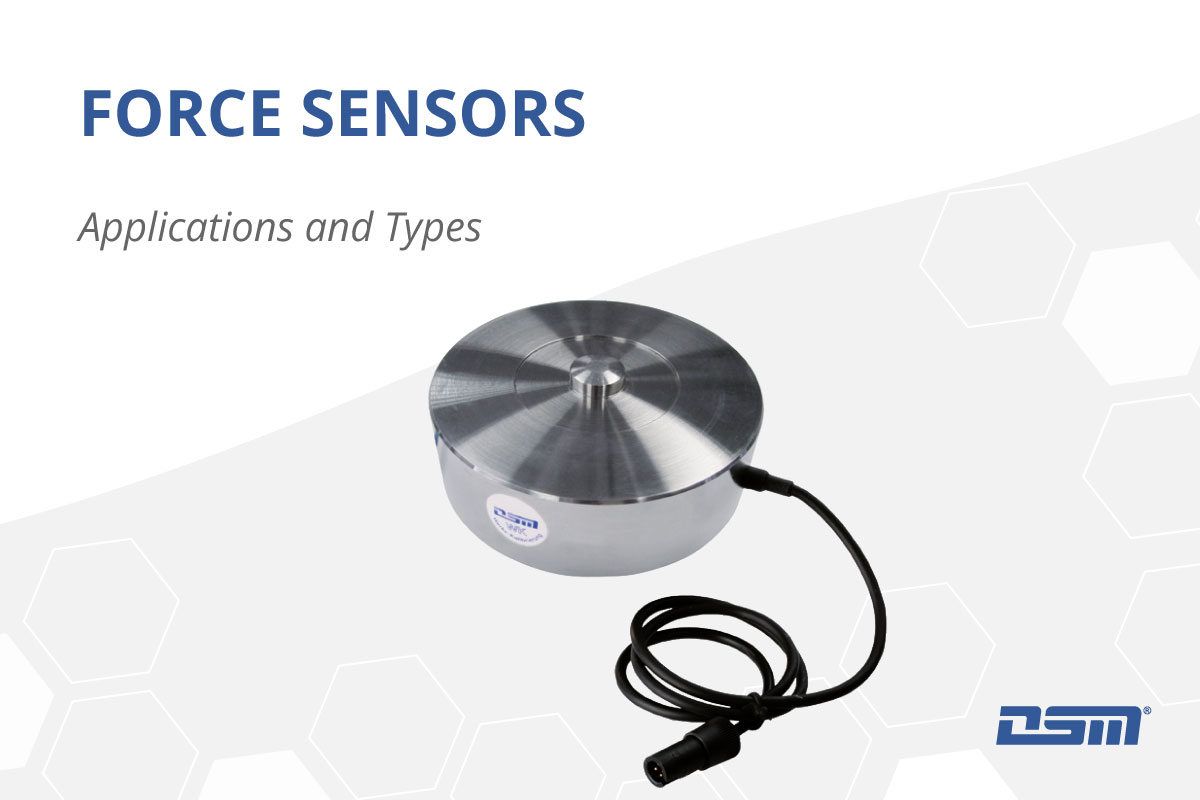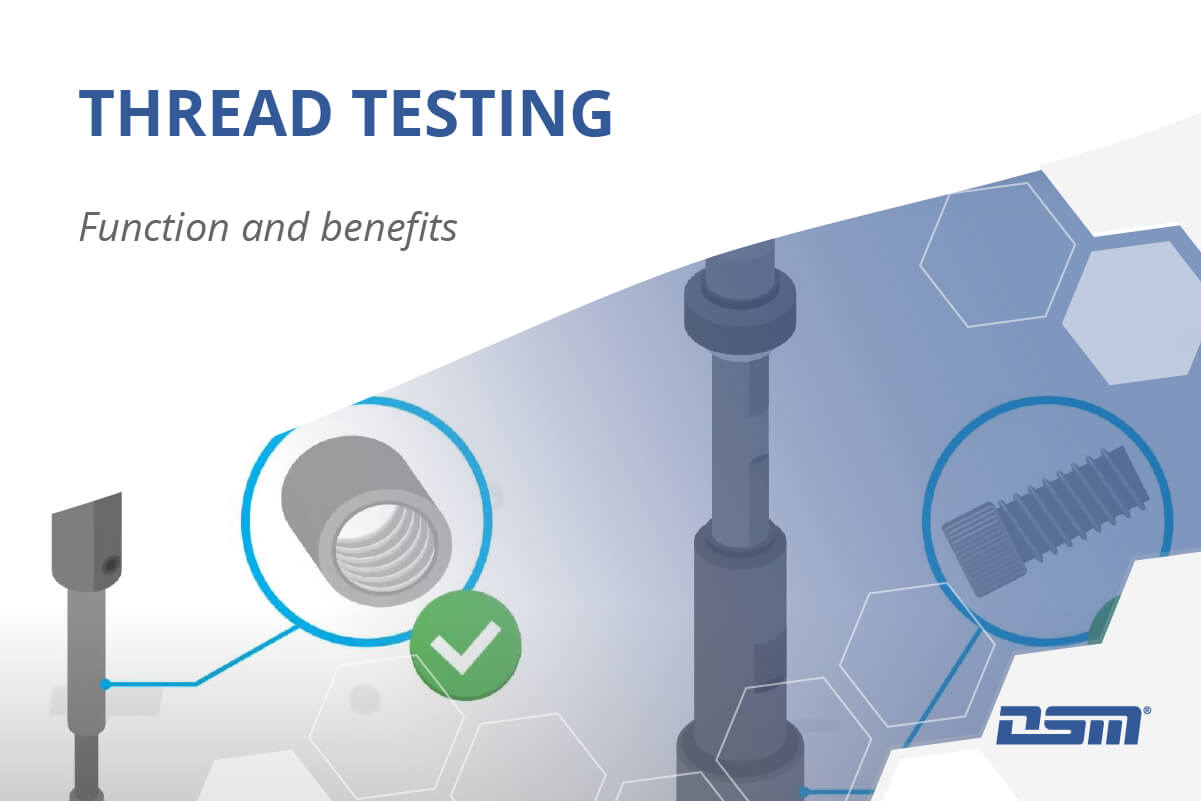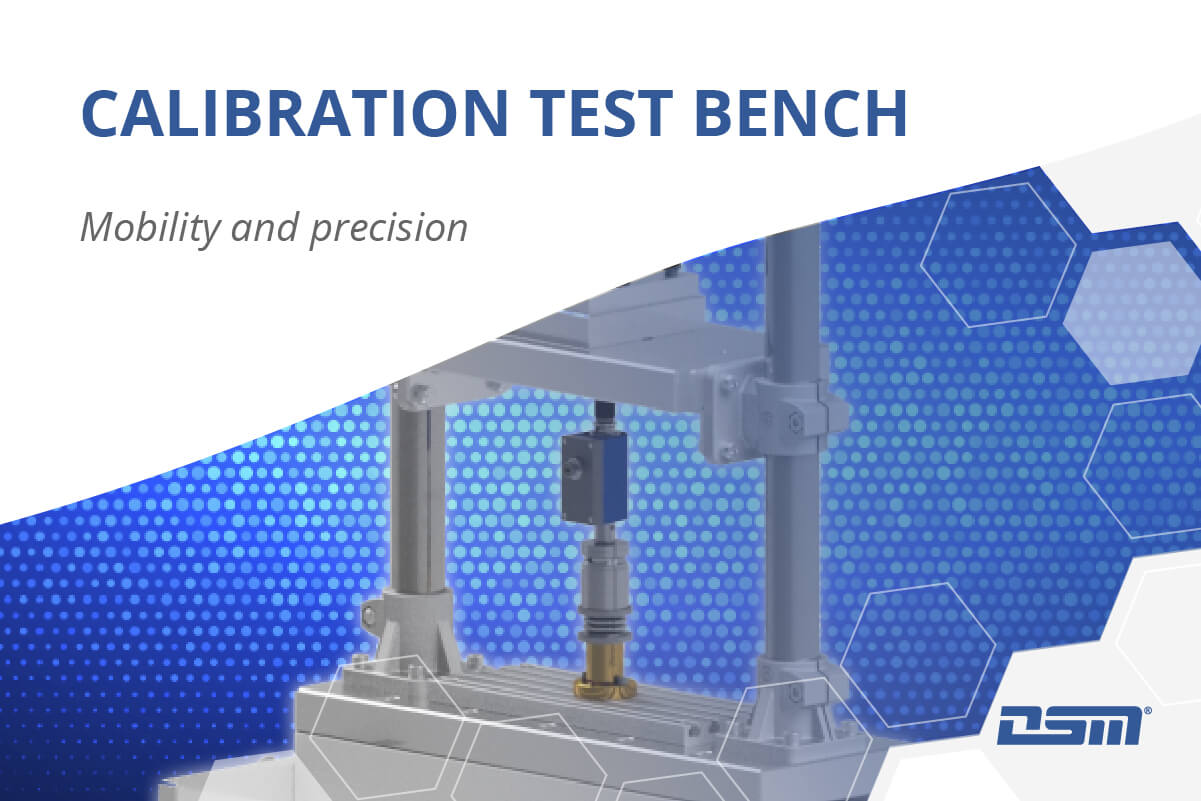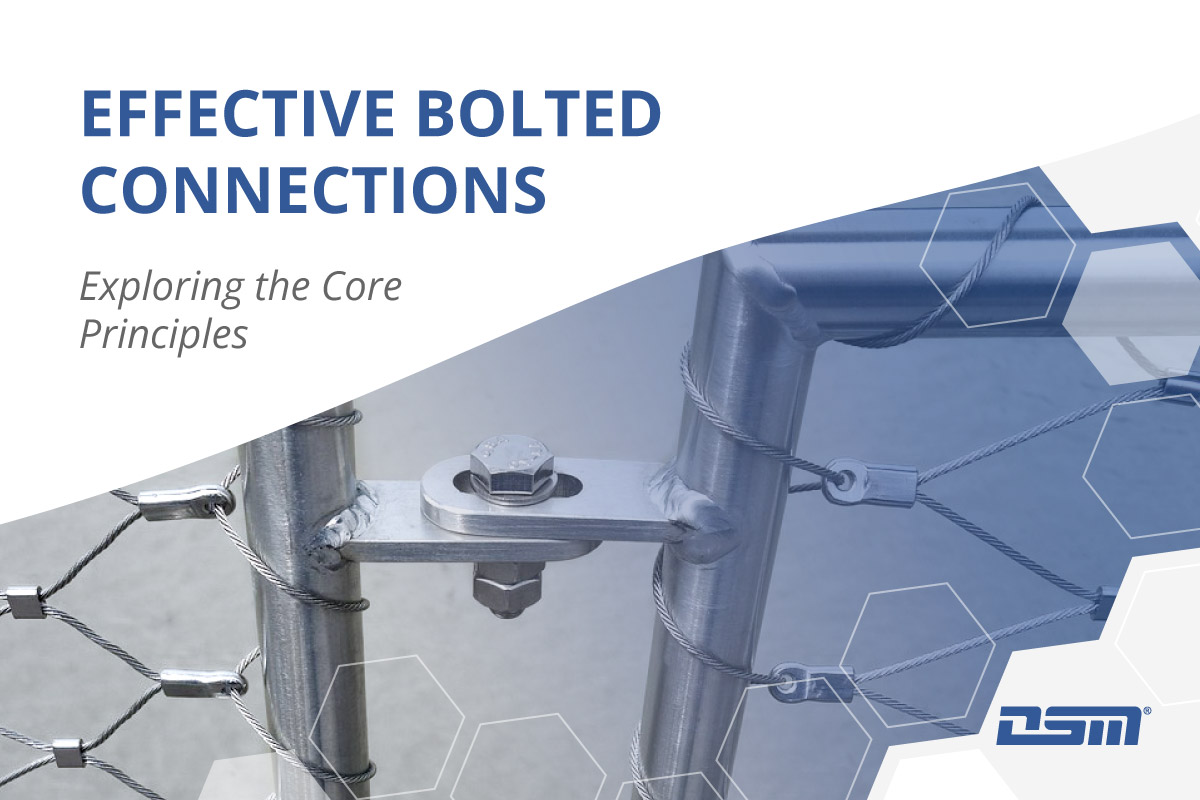Key Takeaways
- Definition and Applications: Force transducers, also known as force sensors or load cells, measure the force applied to an object and are used in manufacturing, quality control, research and development, as well as safety monitoring.
- Functionality: They typically operate with strain gauges that detect the deformation of the metal structure under force and convert it into an electrical signal corresponding to the applied force.
- Designs and Measurement Principles: Various designs such as load cells, ring force transducers, and load pins exist, each selected based on the specific application and required precision.
In this article we explain how force sensors work, the various types available and their applications.
What is a Force Sensor?
A force sensor is a tool used to measure the force applied to an object.
Given the critical relevance of precise measurement of tension and compression forces in various applications, force sensors are used in countless different working areas.
Among them are:
- Manufacturing
- Quality control
- Research and development
- Safety monitoring
- Optimization of devices and machines
Different terms
Force sensors are also known under a variety of different terms such as load cell, force transductor or simply as force measuring device.
This is how Force Sensors work
The functionality of specific force sensors can vary based on the measurement principle but the intention remains the same.
To determine the force acting on an object in different directions, a force measuring device is attached or integrated.
Within the force measuring device, a strain gauge with an arrangement of sensors on a metal structure is installed.
Functionality
As soon as force is applied to the structure, the sensors measure the strain and produce an electrical signal corresponding to the applied force.
The electrical signal is then registered and processed on specialized devices or computers.
Generally, force sensors are very precise and capable of measuring both small and large forces.
However, variations may occur.
Accuracy class
This is why manufacturers provide an accuracy class in the datasheet, defining the potential maximum deviation of the measurement in percentage terms.
As with other instruments used for testing, the regular inspection and calibration of force sensors are essential to ensure accurate measurements.
Want to calibrate your devices directly with us?
No problem thanks to our accredited lab!
Different Types of Force Sensors
Force sensors used to achieve optimal force transmission, where a force should act predominantly in the measuring direction without interference from lateral forces or bending moments.
This requirement leads to various designs utilizing different measurement principles such as:
- Load cells
- Ring force transducers / Donut load cell
- Force measuring tabs
- Load pins
- Thread force sensor
Often the force sensors need to be miniaturized to ensure an easy integration into machines.
They are characterized by a flatter design and a smaller diameter.
There are numerous variations, including:
- Tension bars
- Measuring rings
- Load cells
- Bending bars
Importance of application area
In many cases, the application area determines the most suitable form to deliver optimal results.
Depending on the needed force sensors, prices can vary significantly.
While in some cases a standard model is sufficient, in other cases only custom-made ones can meet all the needed requirements.
Measurement Principles in Force Sensors: Table and Applications
The most common force sensors and their measurement principles are summarized in the following table:
| Name | Measurement Principle | Suitability |
|---|---|---|
| Strain Gauge or Spring Body Force Sensors | Strain Gauge force sensors utilize a support plate equipped with thin metal foils. The applied force deforms the metal, leading to a measurable change in resistance. | Among the most common types of force sensors, they excel in high accuracy and good long-term stability. |
| Piezoelectric Force Sensors (Piezo) | Piezo force sensors incorporate crystals that generate electrical charges when subjected to force. The electric charge forms the basis for calculating the force. | Particularly suitable for measuring dynamic tension and compression forces. |
| Hydraulic Force Transducers | Measurement involves the compression of liquids in a chamber subjected to pressure. Evaluating the pressure increase allows for the calculation of force. | Capable of measuring various types of forces, such as lateral or compression forces. They are robust and highly reliable in difficult weather conditions or when temperature fluctuations occur. |
| Magnetoelastic Force Sensors | The measuring body consists of ferromagnetic material connected to a coil. The effect of force is detected through a change in induction. | Cover a wide measuring range and are suitable for mass production due to their cost-effectiveness. |
| Inductive Force Sensors | Inductive force sensors measure the change in distance that occurs when force is applied to two points. | Often used in laboratories due to high sensitivity. |
For simultaneous, multi-axis measurement of more than one force, multi-component force sensors are used.
All press-in units of the DSM SMP and XMP series are equipped with digital force sensors to guarantee the highest precision possible.
Frequently Asked Questions (FAQ)
1. What is a force sensor and how does it work?
A force sensor is a device that measures mechanical forces such as tension, compression, or pressure and converts them into electrical signals. These signals are used to monitor and control processes across various industries.
2. How do force sensors enhance efficiency in industrial applications?
Force sensors improve efficiency by providing real-time data on applied forces, enabling precise control, reducing material waste, and ensuring consistent product quality.
3. In which industries are force sensors commonly used?
Force sensors are widely utilized in manufacturing, robotics, automotive, aerospace, medical devices, and consumer electronics for tasks requiring accurate force measurement and control.
4. What types of force sensors are available?
Common types include strain gauge sensors, piezoelectric sensors, capacitive sensors, and force-sensing resistors, each suited for specific applications based on sensitivity, range, and environmental conditions.
5. Can force sensors be integrated into existing systems?
Yes, many force sensors are designed for easy integration into existing machinery and control systems, often featuring standard interfaces and compatibility with various data acquisition systems.
6. What factors should be considered when selecting a force sensor?
Key considerations include the required force range, accuracy, environmental conditions (such as temperature and humidity), sensor size, and compatibility with existing systems.
7. How do force sensors contribute to predictive maintenance?
By continuously monitoring force data, sensors can detect anomalies or deviations from normal operation, allowing for early intervention and reducing unplanned downtime.
8. Are force sensors suitable for dynamic force measurements?
Certain types, like piezoelectric sensors, are well-suited for measuring dynamic or rapidly changing forces due to their high-frequency response capabilities.
Note: This FAQ is intended for general informational purposes and does not replace personalized advice. For specific inquiries, please consult a qualified specialist.



